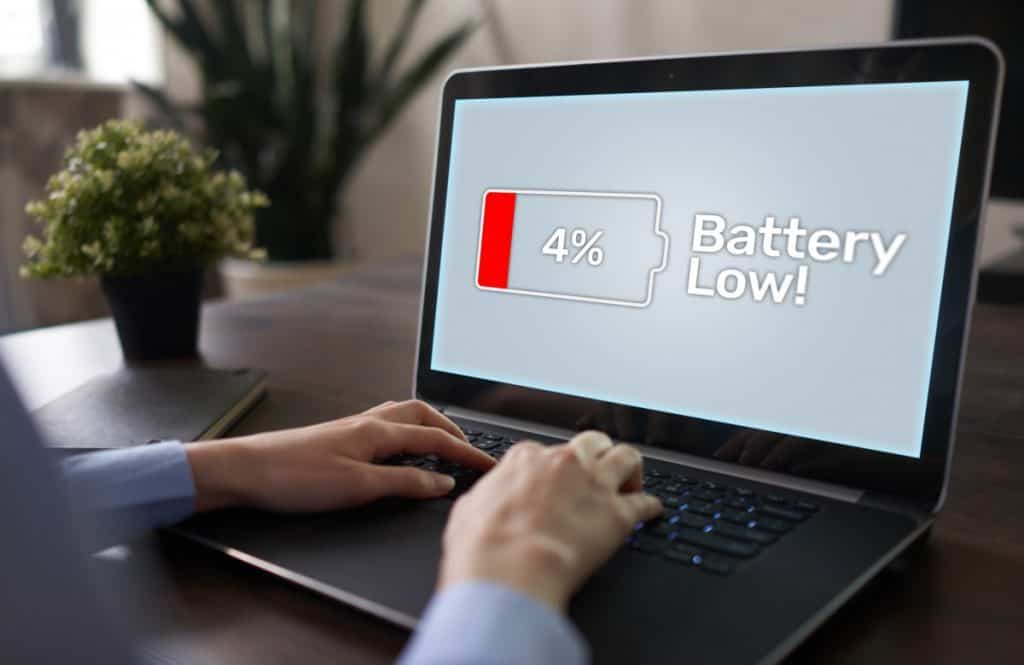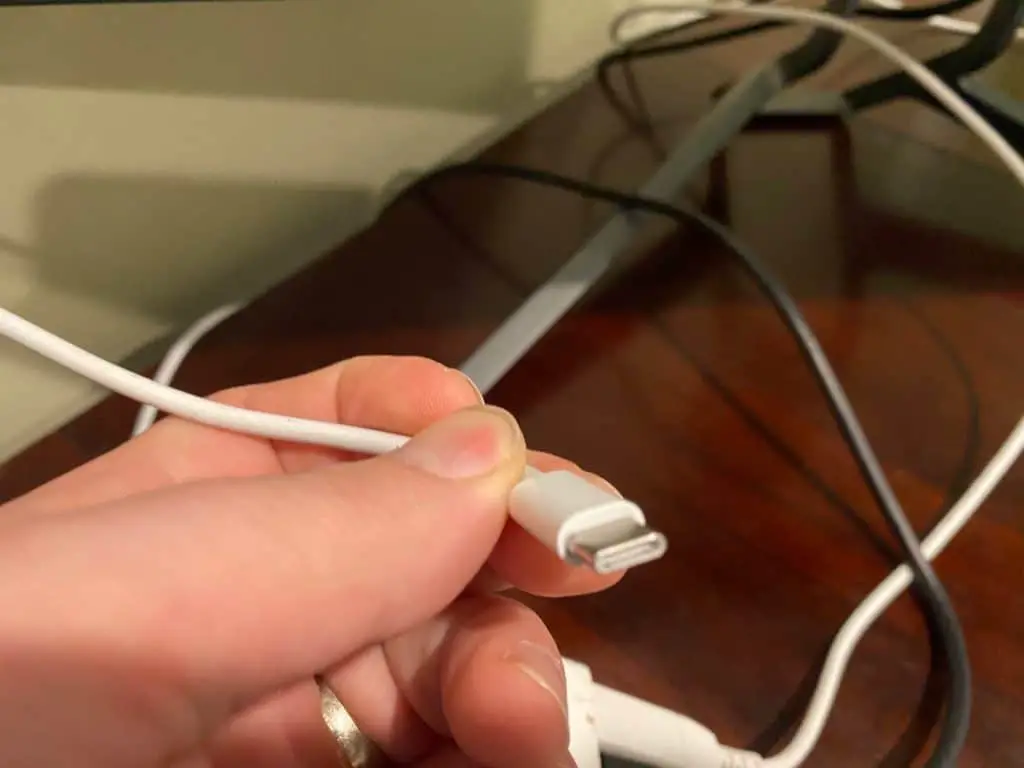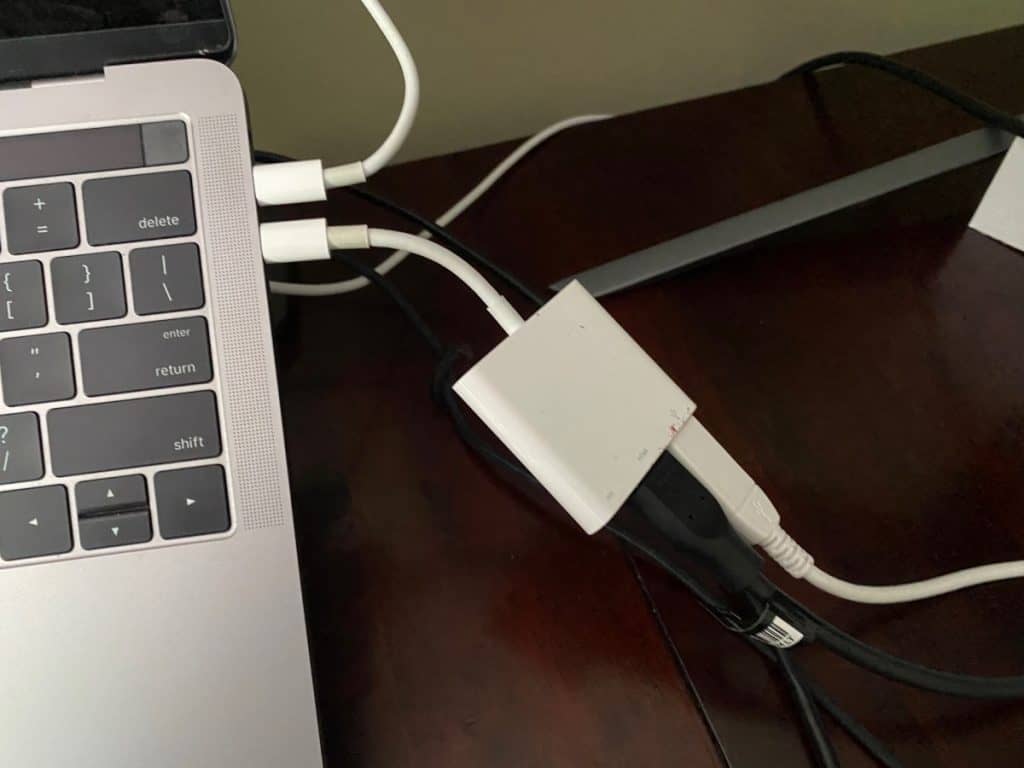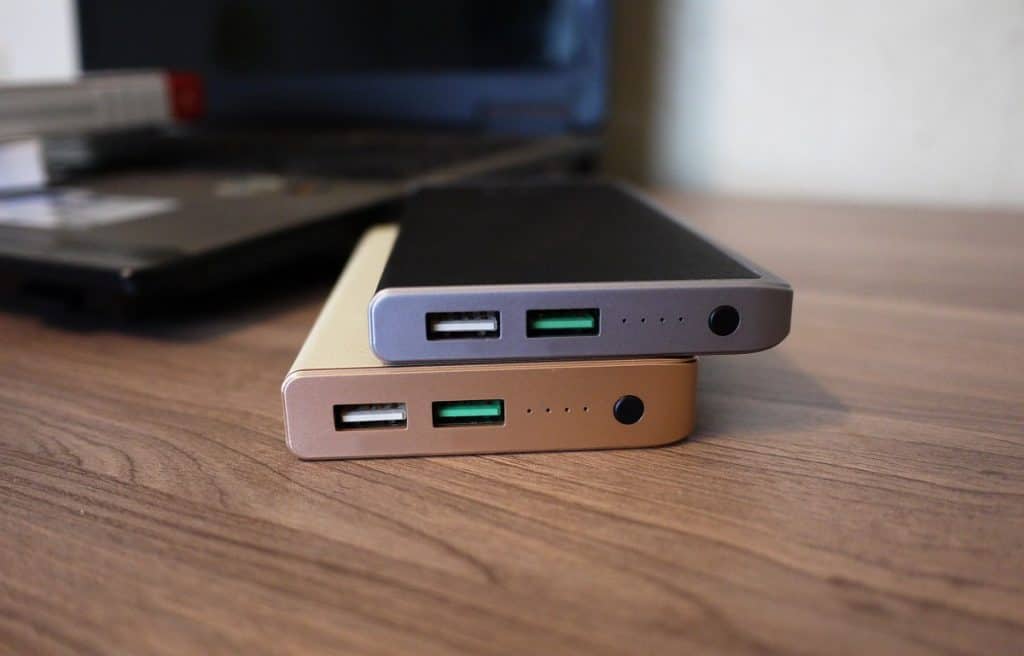Today, most laptops now come with the faster, smaller, and better USB-C, which is now making the USB-A obsolete. You can clearly see this in the more advanced and more expensive laptops nowadays. However, there are cases where these laptops still come with traditional charging docks that still require you to carry your laptop’s proprietary charger. That said, how can you charge a laptop using USB-C instead?
If your laptop comes with a USB-C charger, then that is the best way for you to charge your laptop. This is much more common in most laptops nowadays. However, even if your laptop comes with a different charger, you can use the USB-C slot for charging as long as you have a USB-C cable with a plug adaptor.
UBC-C is now becoming a norm in most laptops because it is not only space-saving but is just simply a lot better than USB-A and some of the other ports that only have a single purpose. Because USB-C has an all-around function, it becomes ideal not only for transferring data but also for charging. Now, let’s get to know more about how you can use USB-C for charging your laptop.

Can you charge your laptop with USB-C?
With the advancements in technology today, the classic universal serial bus or USB has also evolved. From the traditional USB-A that is large and is only there for transferring data and for charging other gadgets, we now have the much more advanced and smaller USB-C, which is just simply better than its more traditional counterpart.
One of the reasons why the USB-C is much better than the older USB-A is that it can do more than just transfer data. In fact, a lot of the different laptops that come with USB-C also have the capability to charge their laptops with USB-C. Yes, that’s right, you can basically charge your laptop using USB-C.
This makes it different from the classic USB-A that we have known for a very long time. The USB-A has been with us for decades already but has only seen a few improvements here and there in how fast and efficient it is at transferring data. Nevertheless, most of our different laptop peripherals come with a USB-A connection as not all of the gadgets and laptops we have in today’s era already make use of USB-C.
While USB-A still has its uses today because most of the different gadgets and peripherals that we still use are still reliant on USB-A, the problem with it is that it does not support laptop charging. Make no mistake about the fact that you can charge or power your gadgets through USB-A when it is connected to an adaptor or to a laptop as long as the charging end isn’t USB-A. Meanwhile, we also know how great USB-A is at transferring large amounts of data.
But the problem with USB-A is that it just doesn’t come with the wattage and the capabilities to actually charge your laptop from the USB-A port. That said, here comes USB-C to help make things simpler and easier for you as it actually allows you to charge your laptop from that port.
In that regard, USB-C is not only smaller and more compact than USB-A but also comes with more functions. It can transfer large amounts of data while powering other devices or gadgets connected to your laptop via the USB-C port. However, it also is capable of charging your laptop via the USB-C port because USB-C is capable of handling enough wattage for charging.
So, what happens here is that your laptop can be smaller and can have fewer ports because of how USB-C is basically all you need when you are connecting something to your laptop while you are charging, transferring data, or powering different gadgets and devices. This allows your laptop to have more internal options and better specs because the space it needs for the clunky and large ports just like the USB-A can be better used for other purposes.
Basically, USB-C does indeed support charging. It can transfer both data and power to and from your laptop, and this makes it more versatile than the older and more traditional USB-A. This is also the reason why more and more laptops are now built with USB-C rather than USB-A.

How to charge a laptop with USB-C?
Now that you know that laptops that come with USB-C can be charge through that port, let us now discuss how you can charge your laptop using the USB-C port. And yes, you can have different ways to charge your laptop using USB-C.
Charging through the USB-C
This is by far the most straightforward way for you to charge through USB-C as all you need here is your laptop with a USB-C port and a USB-C charger. However, even if this seems to be as straightforward as it sounds, there are still many ways for you to charge your laptop directly through the USB-C port.
- Straightforward charging
The straightforward charging method involves your laptop and a USB-C charger. Nothing else is needed here because of how laptops with the capability to charge through a USB-C charger can just simply plug and charge.
So, to charge your laptop via USB-C, here is what you need to do:
- Plug the USB-C cord into an outlet.
- Get the other USB-C end and then plug it into your laptop
So, that’s it. It’s easy, simple, and not hard to do. This seems to be too elementary as anyone who has a pair of eyes should know how to do this. But we are only saying this so that you can be assured that the charger that your laptop comes with is there to be connected to the USB-C port and not any other charging port that most of the older laptops require.
- Pass-through charging
Another way for you to charge your laptop using the USB-C port is through pass-through charging. Before we get to that point, let’s talk more about why pass-through charging matters in laptops with USB-C ports.
In case you haven’t noticed, laptops that have USB-C ports generally do not have any other ports except for multiple USB-C ports. This means that they may not have an HDMI port or a USB-A port. And, in case you didn’t know, such ports are still very much important and usable today as there are those who would want to connect their laptops to TVs or projectors via the HDMI port or to use other gadgets and peripherals that only make use of USB-A.
That said, there are actually USB-C hubs that can be connected to the USB-C port but also come with their own different ports as well. Such hubs mostly include an HDMI port, multiple USB-A ports, and a USB-C port.
So, in case your laptop’s USB-C ports are all taken, you can still charge your laptop through pass-through charging by connecting your USB-C charger to the USB-C port on the USB-C hub. Here’s how you do it:
- Connect the hub to your laptop’s USB-C port.
- Plug your charger into an outlet.
- Connect the other USB-C end of your charger to the USB-C port on the USB-C hub.

Charging your laptop in a car
So, another way for you to charge your laptop via the USB-C port is by charging it in a car. Of course, this should be possible because your car has a powerful source of electricity that can last for a very long time.
As such, if you are on a long road trip and you need to charge your laptop for work or entertainment while you are on the road, you can still make use of your car’s electricity so that you can charge your laptop via the USB-C port.
To do so, you will be needing a few things:
- An AC adapter that has a USB-A connector on one end and a USB-C connector on the other end.
- USB car charger
Then, to charge your laptop, here’s what you need to do:
- Turn on your engine.
- Plug the car charger into its charging port. Some of the newer vehicles come with their own charging ports of USB-A. This means that you wouldn’t need a USB car charger anymore.
- Connect the USB-A adaptor to the charging port.
- Connect the USB-C connector of the adaptor to your laptop.

Using a power bank or a portable charger
Another neat way for you to charge your laptop on the go whenever you are traveling or if you are in a place that doesn’t have an outlet such as when you are on a train or an airplane, you can make use of your power bank or your portable charge for charging your laptop.
A power bank or a portable charger is basically just a portable battery pack for your laptop and other gadgets because it can be recharged just so it can charge other gadgets using the power that is stored inside it. So, in other words, you can just treat your power bank as something as simple as an outlet. This also means that you can also charge your laptop using your power bank.
However, the problem here is that not all portable chargers nowadays come with a USB-A connector. That means that you should have a dual cable that has a USB-A on one end and a USB-C on the other end. Or you can find a USB-A adaptor that will allow you to connect it to the other end of your USB-C charging cable.
Here is what you need to do:
- If you have a power bank, with a USB-C port, great. If not, use a USB-A adaptor or a charging cable with USB-A on one end and USB-C on the other.
- Make sure that you are using the ports that are dedicated to charging through the power bank and not for charging the power bank. If you were to use the port dedicated for charging the power bank, you would be charging the power bank using your laptop’s battery instead of the other way around.
- Connect one end of the charging cable to the power bank. You should be connecting the USB-A end of the portable charger that doesn’t support USB-C charging.
- Connect the other end to your laptop. This should be the USB-C end of your charging cable.
- Switch on the portable charger by pressing the dedicated power button on this device.

How do you know if your laptop has USB-C charging?
Now that you know the different ways for you to charge your laptop using USB-C, how would you even know whether or not you can actually charge your laptop using USB-C? After all, some laptops may come with USB-C ports that are only there for transferring data. Meanwhile, some laptops fully support USB-C charging.
So, here is what you need to do if you want to know whether your laptop supports USB-C charging:
- Look at whether or not your laptop has USB-C ports. The USB-C port should be small and semi-cylindrical in shape and is a lot smaller than the classic USB-A port.
- Try to see if your laptop has a dedicated charging port. This is much more common in older laptops with USB-C ports as they still have ports that are made for the purpose of charging the laptop. In most cases, laptops with the coaxial power connect (barrel connector) don’t support USB-C charging even if they have USB-C ports. But this still depends.
- If your laptop doesn’t have any other port dedicated for charging, it should be able to support USB-C charging as its main method of charging. This is something that you should see in Apple MacBook laptops and in the newer models from other brands.
- Even if your laptop comes with a dedicated charging port, you should still be able to charge it using USB-C as long as the other end has a power adaptor that will allow it to get power from an outlet.
For those who own laptops that can be charged solely using USB-C, they will be able to charge their laptops fairly quickly. For example, the MacBook supports 87W USB-C charging.
However, those with dedicated chargers that can also charge via USB-C might have slower charging speeds when using the USB-C port. As such, it might be better to use the dedicated charger instead if you do have an outlet to connect the charger to. The USB-C charging capability for these laptops is essentially a backup charging method that will allow you to charge your laptop while you are on the go but at the cost of slower charging speeds.

